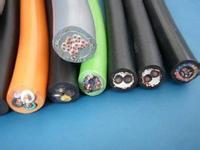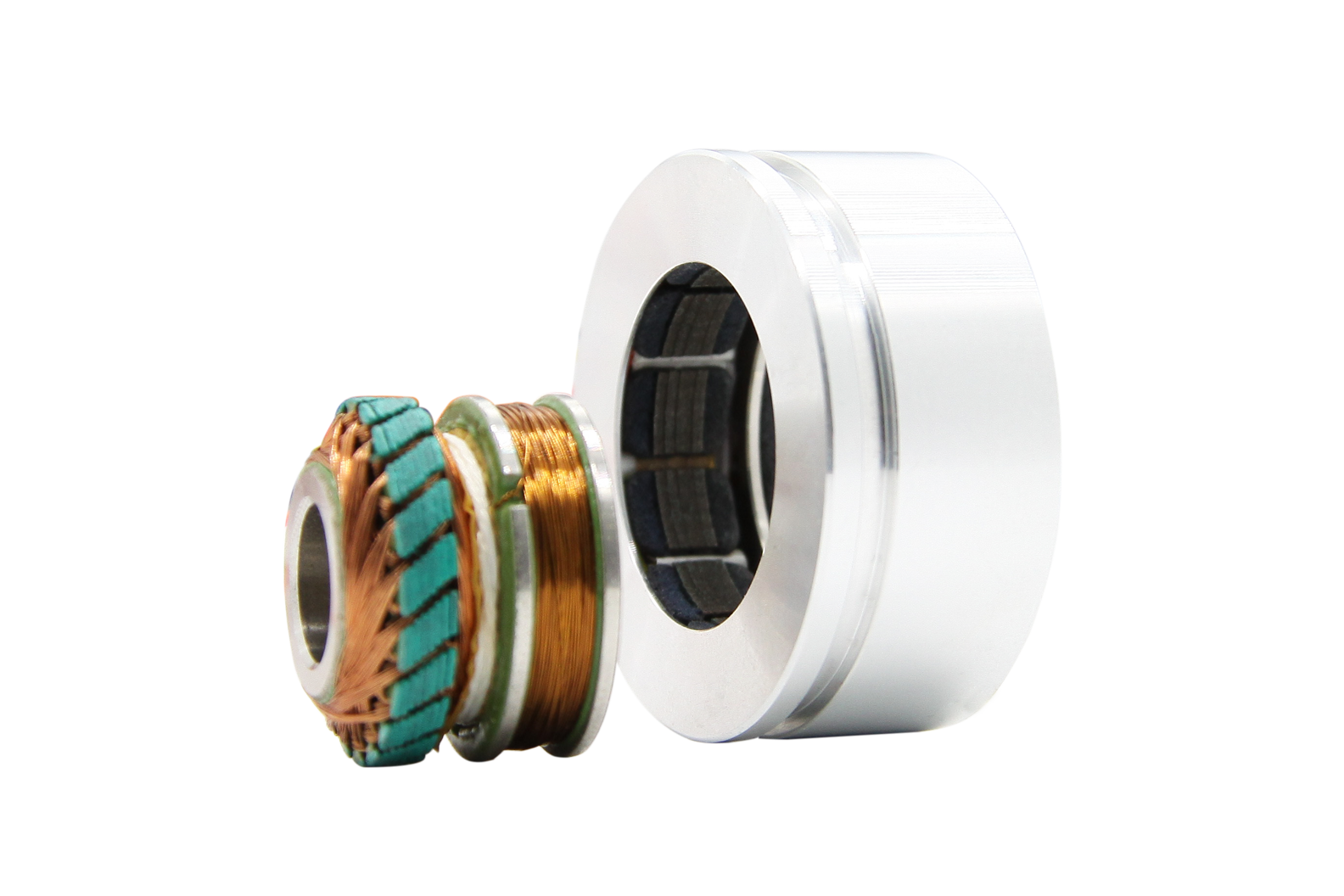 In the past 20 years of practice, the cable used in coal mines has undergone innovations from non-flame-retardant to fire-retardant, especially the test methods and determination rules for flame retardancy of coal-fired flame-retardant cables (MT 386-1995, MT 386-2011 Since its promulgation and implementation, the flame retardant performance of coal mine cables has been effectively controlled and improved. However, the current fire-retardant cables for coal mines (mostly using chlorine-containing polymers as the sheath material) once burned by heat, the amount of smoke emitted by combustion is very large. Although the light transmittance measured by IEC 61034 or GB/T 17651-1998 is less than 10%, the content of hydrogen chloride (HCl) gas released is large, and its content exceeds 100 mg/g, even reaching 200 to 300 mg. /g. With such thick smog plus toxic gases such as H2S and CO to stimulate and poison people's respiratory system, in the narrow underground environment, the affected people could not escape the scene of the fire. According to foreign fire white papers, this type of casualties in the second disaster accounted for 70% to 80% of the total number of casualties in the fire. Among the number of casualties in coal mine fire accidents in China, the proportion of people who suffer from secondary disasters is also very large. .
In the past 20 years of practice, the cable used in coal mines has undergone innovations from non-flame-retardant to fire-retardant, especially the test methods and determination rules for flame retardancy of coal-fired flame-retardant cables (MT 386-1995, MT 386-2011 Since its promulgation and implementation, the flame retardant performance of coal mine cables has been effectively controlled and improved. However, the current fire-retardant cables for coal mines (mostly using chlorine-containing polymers as the sheath material) once burned by heat, the amount of smoke emitted by combustion is very large. Although the light transmittance measured by IEC 61034 or GB/T 17651-1998 is less than 10%, the content of hydrogen chloride (HCl) gas released is large, and its content exceeds 100 mg/g, even reaching 200 to 300 mg. /g. With such thick smog plus toxic gases such as H2S and CO to stimulate and poison people's respiratory system, in the narrow underground environment, the affected people could not escape the scene of the fire. According to foreign fire white papers, this type of casualties in the second disaster accounted for 70% to 80% of the total number of casualties in the fire. Among the number of casualties in coal mine fire accidents in China, the proportion of people who suffer from secondary disasters is also very large. . When flame-retardant or non-flame-retardant materials such as cables are burned, a large amount of smoke, CO, HC1 and other toxic gases are released. In order to avoid or reduce the secondary disasters of fire accidents, the International Electrotechnical Commission (IEC) was established in 1982 and 1989 in succession. Revised IEC 607541 and IEC 607542 to limit the amount of toxic gas released when the cable burns (specified HC1 content <5 mg/g, the pH of the aqueous solution of combustion corrosive gases released> 4.3, conductivity <10 tts/ram) . In 1991, IEC61034 was also established to limit the amount of smoke emitted when the cable is burned (specified smoke transmittance >60%). The United Kingdom has developed the naval engineering standards NES-718 and NES-713. The US Navy Standard MILS24643 uses the NES-713 standard directly to detect the amount of toxic gas released when the cable is burned (specified toxicity index <5).
All of these standards provide effective and reliable basis for limiting the smoke and toxic gases emitted by fire-retardant or non-fire-retardant materials such as cables. However, in the high-risk industries such as coal mines, our country's coal mining cables are low in smoke and low in toxicity (halogen ) The control is almost blank.
The low-smoke and low-halogen flame-retardant cable used in coal mines has less environmental pollution when burned than when the flame retardant cable for coal mines is burned. That is, the low-smoke low-halogen flame-retardant cable for coal mines reduces or reduces the secondary disaster caused by the cable burning; At the same time, the performance can meet the requirements of coal mine cable materials, which is the main direction of the future.
It is very necessary and important to develop and apply low-smoke, low-toxic (halogen) flame retardant cables for coal mines.
Resolver is a kind of commonly used angle detection component, because of its simple structure, reliable operation, and its accuracy can meet the general detection requirements

Resolver,Encoder Troubleshooting Resolver,Custom Resolver,Online Resolver
Yuheng Optics Co., Ltd.(Changchun) , https://www.yhenoptics.com